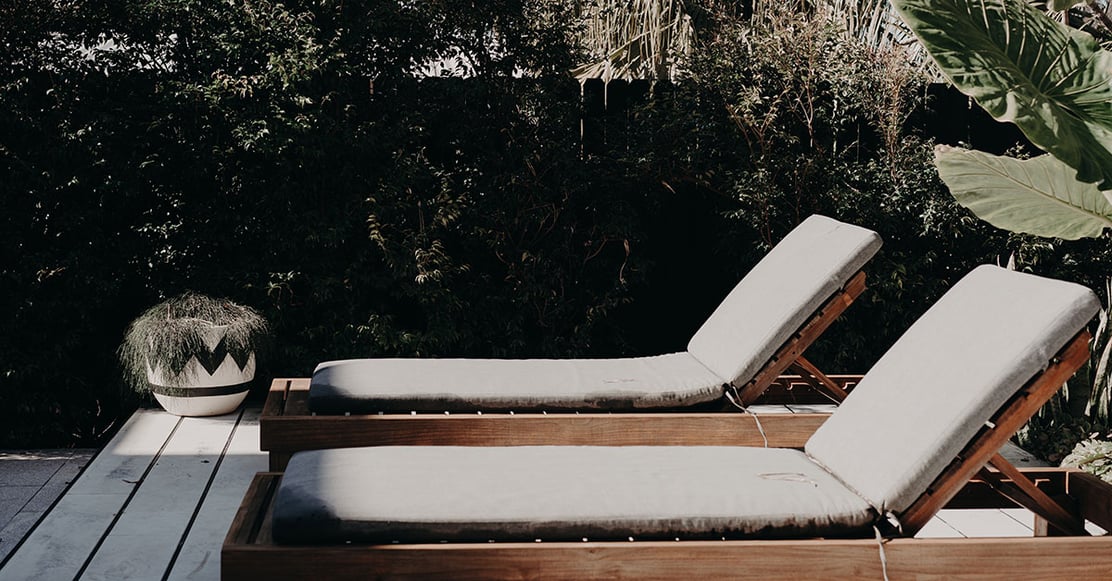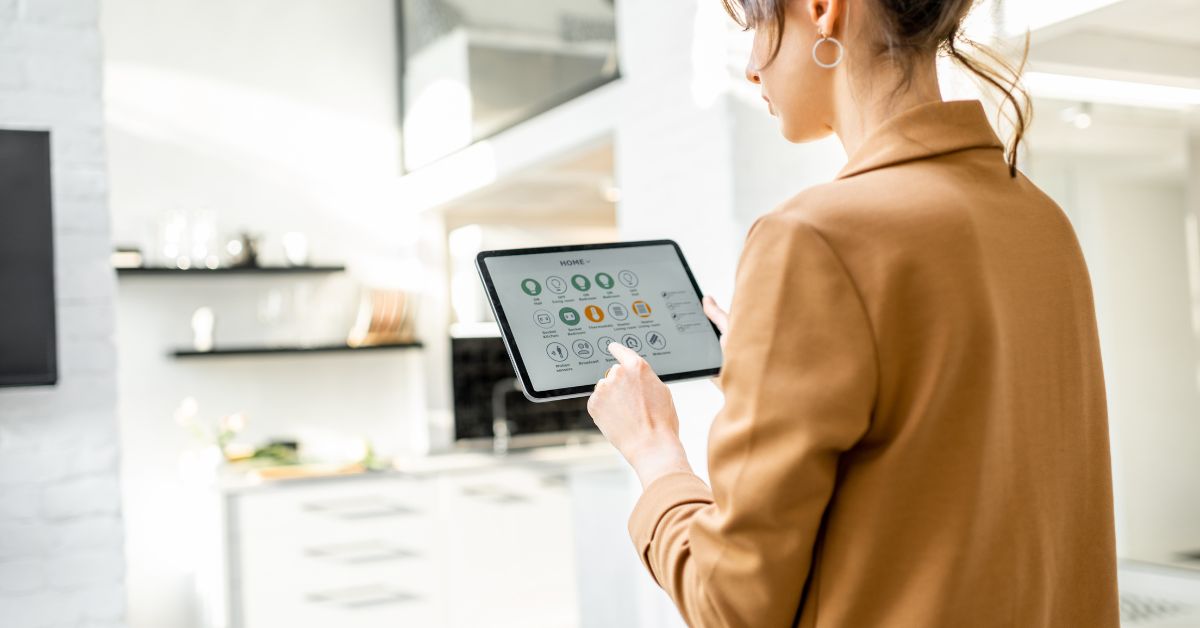7 Tips for Keeping Cool This Summer

There’s nowhere quite like Australia in summer — we’re famous for our beaches, cricket and backyard barbies. But to enjoy this season, we have to combat the high temperatures and the sun that’s heating our homes.
Here are 7 easy tips that will help you keep cool all summer. You’ll be surprised at what you can do without breaking a sweat.
1. Turn off the lights and TV
You’d be surprised how much household lights can affect the temperature of a room on hot summer days. Turn off all heat sources such as lamps, plug-in power adapters, your computer and the TV when you’re not using them. Anything electrical in your home ultimately turns into heat, so anything not being used should be turned off at the wall.
2. Keep the heat out
Keep the heat out of your house by closing the windows and blinds before the sun hits your property in the morning. This is particularly important for windows along the northern and western side of your property. Awnings, deciduous trees and pergolas with deciduous vines are great options because they give you shade in summer and sun in the winter.
When the cool of the night comes, open the house back up again and let the cool breeze circulate. Many areas in Australia have hot days and cool nights so you can use this to your advantage.
3. Get the air moving
Moving air, even a little, makes a big difference, plus it has the added benefit of saving on energy costs and consumption. Having doors and windows aligned will help here - so when you open the house up cross ventilation can easily flow each room, but best to do this in the evening when the temperature is cooler.
Another way to increase air circulation and cool your room down in a low energy way is to install ceiling fans or use a portable fan. Consider turning the fan on in the first instance instead of the air conditioner as they cost almost nothing to run.
4. Air conditioning thermostat
Hot weather can make you feel like you want to turn your air conditioning right down, but cooling to 26 degrees will still keep you comfortable and save you money. Setting your thermostat to just one degree cooler can increase your cooling bill by 15% according to Environment Victoria.
5. Strategically placed trees
Nature can help you keep your home cool and help reduce your energy bills. Whilst this is not an instant fix, consider planting a deciduous tree on the east and west sides of your home to help keep solar heat from direct contact with windows and roofs.
It is also recommended to plant shrubs around air conditioning units to protect them from the beating sun. If you are able to plant or place pots under north facing windows, they will help absorb some of the heat and help keep your home cooler.
6. Insulate and seal the house
Insulation doesn’t just keep your home warm in winter, it also has the added benefit of keeping it cool in summer, particularly if you use both bulk insulation (big batts) and foil insulation (thin sheets). According to Environment Victoria, insulation can cut your energy use by 45%!
It is also worth improving the sealing around all windows and doors and perhaps consider adding glazing to your windows.
7. Reduce your AC load
If you own an air conditioner there are ways you can help reduce the load and its energy consumption. Close your windows and blinds so the AC can function as effectively as possible. Use the AC only on the hottest days and remember to turn the system off when you are out.
Any external AC units should be installed on the southern or shaded side of the property and make sure when you are choosing one that it is the right size for your space.
DISCLAIMER - The information provided is for guidance and informational purposes only and does not replace independent business, legal and financial advice which we strongly recommend. Whilst the information is considered true and correct at the date of publication, changes in circumstances after the time of publication may impact the accuracy of the information provided. LJ Hooker will not accept responsibility or liability for any reliance on the blog information, including but not limited to, the accuracy, currency or completeness of any information or links.



